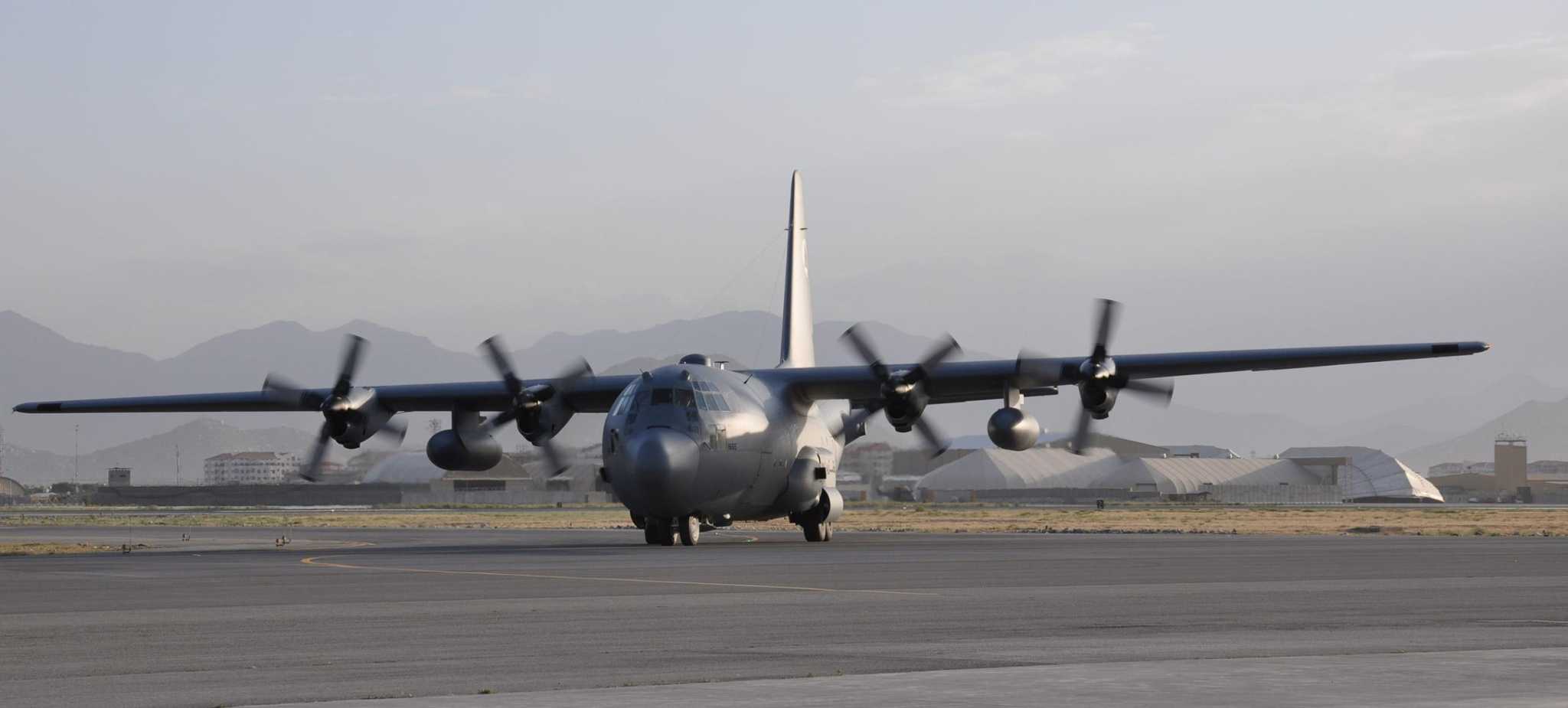If there is one virtue the U.S. national security establishment needs to embrace in its war against Islamic extremism, it is patience. More than fourteen years in Afghanistan and almost thirteen in Iraq have demonstrated how difficult it is to accomplish even relatively straightforward tasks such as training an indigenous security force and building basic infrastructure. Add to that the Pentagon’s byzantine acquisition system and helping Afghanistan to defend itself is a job that would tax the patience of a saint.
A wonderful example of how hard it has been to accomplish basic, obvious tasks and what is required to achieve success, is the effort to build an Afghan Air Force. Airpower is absolutely essential to any military engaged in a counterinsurgency campaign. Airpower provides a counterweight to the advantages the insurgents may have on the ground. Airpower provides on-call firepower, mobility, ISR and medical evacuation. This is particularly important in a country like Afghanistan with few good roads, extremely difficult terrain, a large but poorly trained and equipped Army and limited infrastructure.
When the coalition arrived in Afghanistan it had to build the security services from the ground up. This proved particularly challenging when it came to reconstructing an Afghan Air Force. There was little left of the erstwhile Afghan Air Force, which had been trained and equipped by the former Soviet Union. The challenge was not just a matter of handing the Afghans some modern Western aircraft and helicopters and calling it a day. The coalition had to recruit and train almost an entirely new cadre, create a military structure with policies, processes and systems, build essential infrastructure and provide appropriate platforms in the right quantities.
This last item, appropriate platforms in the right numbers, proved to be a particularly thorny acquisition challenge. How many platforms and what kind? Modern, sophisticated Western airplanes and helicopters are, in most cases, more platform than the Afghan military required or could support. They are extremely complex, expensive to operate and difficult to maintain. Part of the solution was to provide the Afghan Air Force with new or refurbished helicopters of Soviet/Russian design. But when it came to combat aircraft to support Afghan security forces on the ground, nothing in the coalition’s inventory seemed to fit both the mission and the limitations of the Afghans.
So, the United States Air Force decided in 2011 to develop a new light attack support (LAS) airplane specifically designed for the counterinsurgency mission. Because they would primarily be provided or sold to allies in the midst of the fight, like Afghanistan, they had to be cheap, simple, reliable and capable of performing a range of ground support and attack missions. There was thought to be a big international market for such an airplane. In addition, the Air Force for a time considered acquiring a number of LAS for itself, creating a dedicated U.S. counterinsurgency light attack capability. Because of time pressures — the United States was leaving Afghanistan by the end of 2014 — a non-developmental airframe, one already built, tested and flown as it would be employed, was a requirement.
What was supposed to be a simple and straightforward process became an acquisition nightmare. When the Air Force awarded the contract for some 20 A-29 LAS to a team led by Sierra Nevada Corporation and using the Embraer Super Tucano airframe, the loser in the competition protested. The competition for the LAS had to be done over. But when the result was the same, the loser again protested. Lawsuits and legal wrangling ensued. Cutting to the chase, by the time everything was resolved and Sierra Nevada was allowed to proceed, some two years had been lost.
Add to these problems in the U.S., limits to the ability to recruit, train and support the necessary personnel in Afghanistan. This included not only pilots but the maintainers, armorers and support staffs necessary to operate an effective strike force. The curriculum for the Afghan Air Force personnel had to be revamped and much of the training moved to the United States. This took even more time.
Finally, and due in large part to the dedication and perseverance of Sierra Nevada and the U.S. Air Force, the first four A-29 LAS were delivered to Afghanistan last week. The current schedule will see four more A-29 Super Tucanos delivered by the beginning of the 2016 fighting season and an additional four delivered in 2017. The remaining eight will be delivered by the end of 2018. It turns out that the decision by the Obama Administration to delay America’s withdrawal from Afghanistan, first to the end of 2016 and now seemingly indefinitely, was a good thing for the Afghan Air Force and the LAS program.
With the fight against ISIS in Syria and Iraq intensifying and affiliates of this terrorist organization on the march in half a dozen countries, there would appear to be a ready international market for the A-29. Cheap, reliable and capable, all attributes of the LAS, are three words that should resonate with Air Force leaders in Latin America, the Middle East and Asia.










